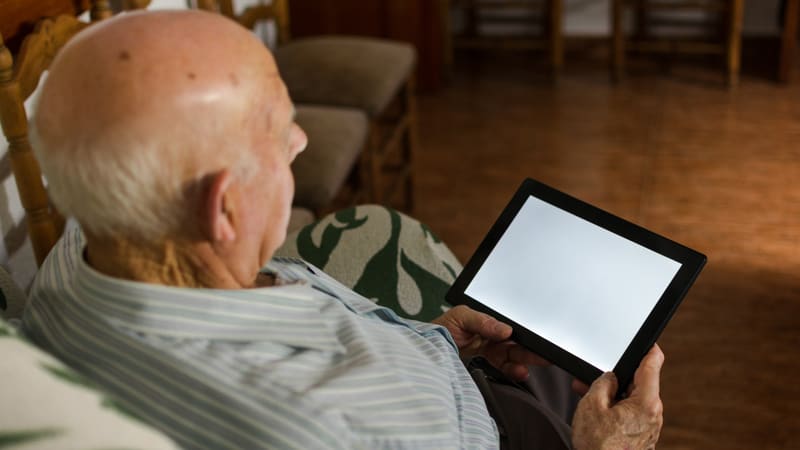Welcome to Nkurunziza Home LLC.

Assistive technology (AT) refers to devices, equipment, or software designed to help individuals with disabilities perform tasks, increase independence, and improve their quality of life. These technologies can range from simple, low-tech devices to more complex, high-tech solutions, and they are tailored to meet the specific needs of each individual. Here are some examples of assistive technology:
Mobility Aids: Devices such as wheelchairs, walkers, canes, and crutches help individuals with mobility impairments move around independently.
Communication Aids: Augmentative and alternative communication (AAC) devices, speech-generating devices, and communication apps enable individuals with speech or language disorders to express themselves and communicate effectively.
Visual Aids: Braille displays, screen readers, magnifiers, and voice-activated assistants assist individuals with visual impairments in accessing printed materials, electronic devices, and digital content.
Hearing Aids and Assistive Listening Devices: Hearing aids, cochlear implants, amplified telephones, and alerting systems help individuals with hearing loss communicate and access auditory information.
Adaptive Computer Software and Hardware: Screen readers, voice recognition software, adaptive keyboards, and switches enable individuals with physical or cognitive disabilities to access and interact with computers, tablets, and other digital devices.
Environmental Control Systems: Home automation systems, smart home devices, and environmental controls allow individuals with mobility or communication impairments to control appliances, lights, thermostats, and security systems using voice commands or switches.
Prosthetics and Orthotics: Artificial limbs, braces, and orthotic devices help individuals with limb loss or musculoskeletal conditions regain mobility and perform daily activities.
Assistive Listening Devices (ALDs): Personal FM systems, loop systems, and infrared listening devices enhance the clarity and volume of sound for individuals with hearing impairments in various environments, such as classrooms, theaters, and lecture halls.
Sensory Aids: Vibrating alarms, tactile feedback devices, and sensory integration tools assist individuals with sensory processing disorders in managing sensory input and promoting self-regulation.
Medical Alert Systems: Wearable devices, emergency call buttons, and monitoring systems provide individuals with disabilities, chronic illnesses, or elderly individuals with access to emergency assistance and peace of mind.
Assistive technology can significantly improve independence, accessibility, and quality of life for individuals with disabilities across various domains of life, including education, employment, communication, mobility, and leisure activities. It’s essential to assess each individual’s needs and preferences carefully and provide appropriate training and support to maximize the benefits of assistive technology. Additionally, ongoing research and innovation in assistive technology continue to expand the range of available options and improve their effectiveness and usability.